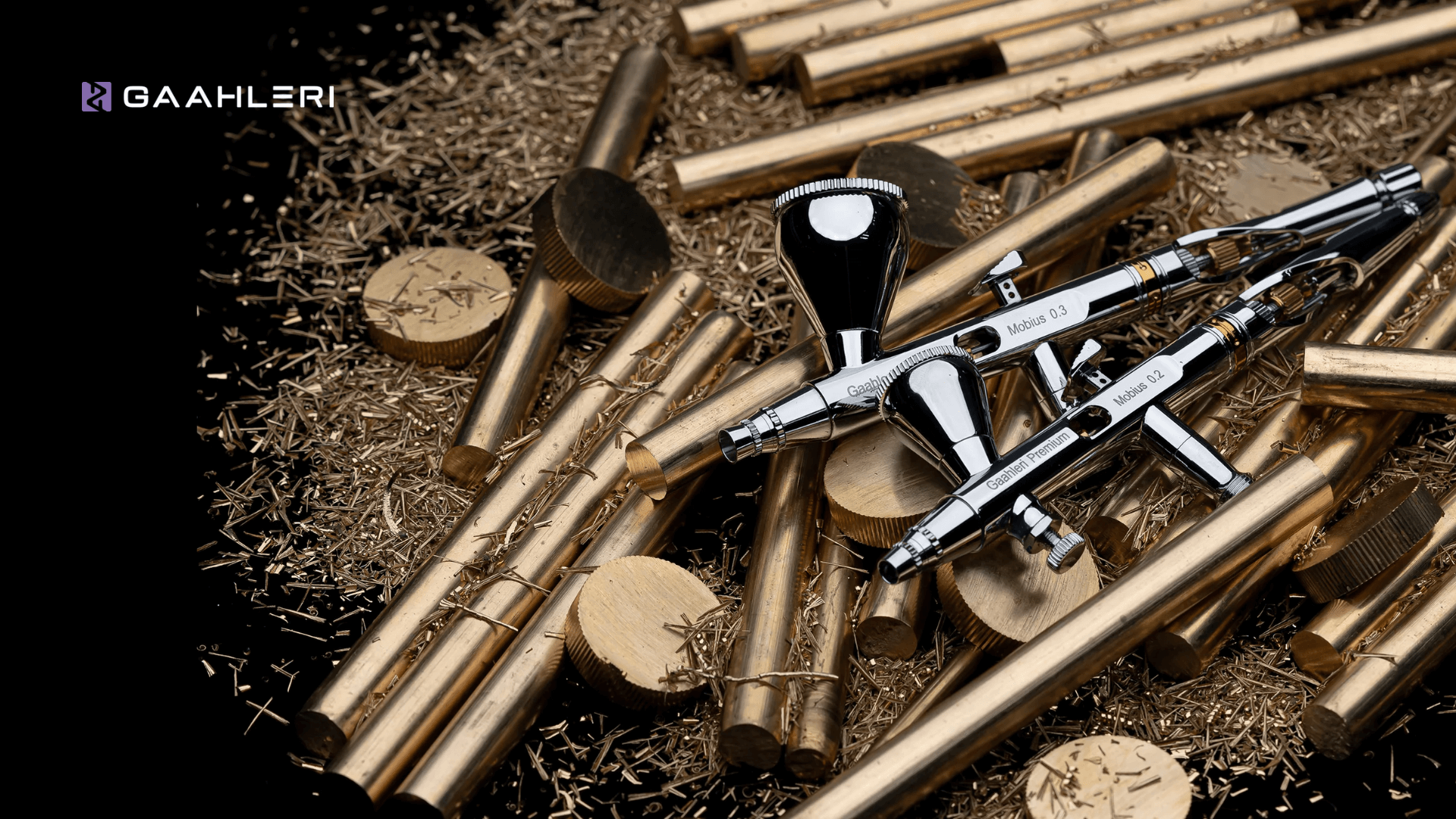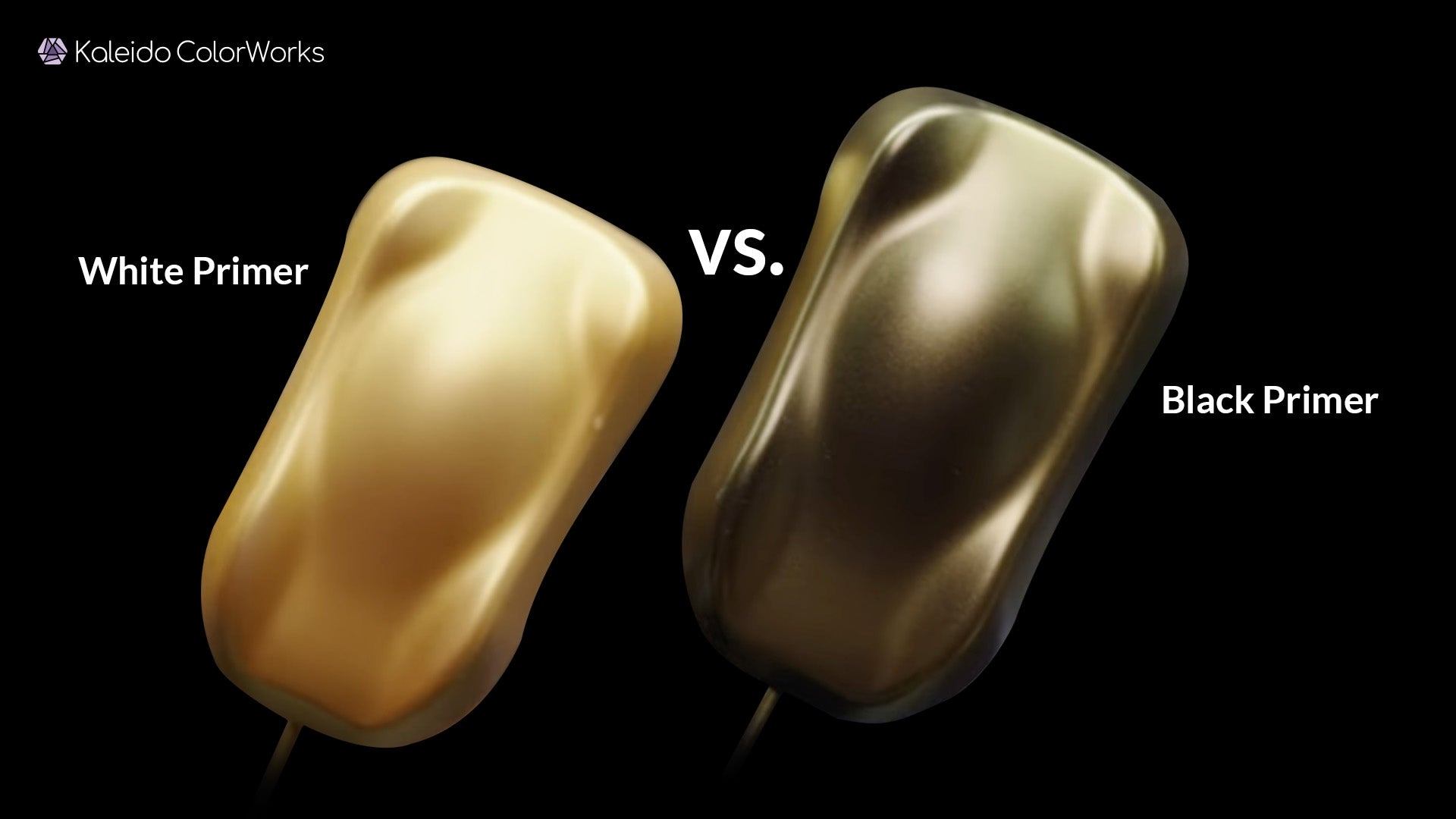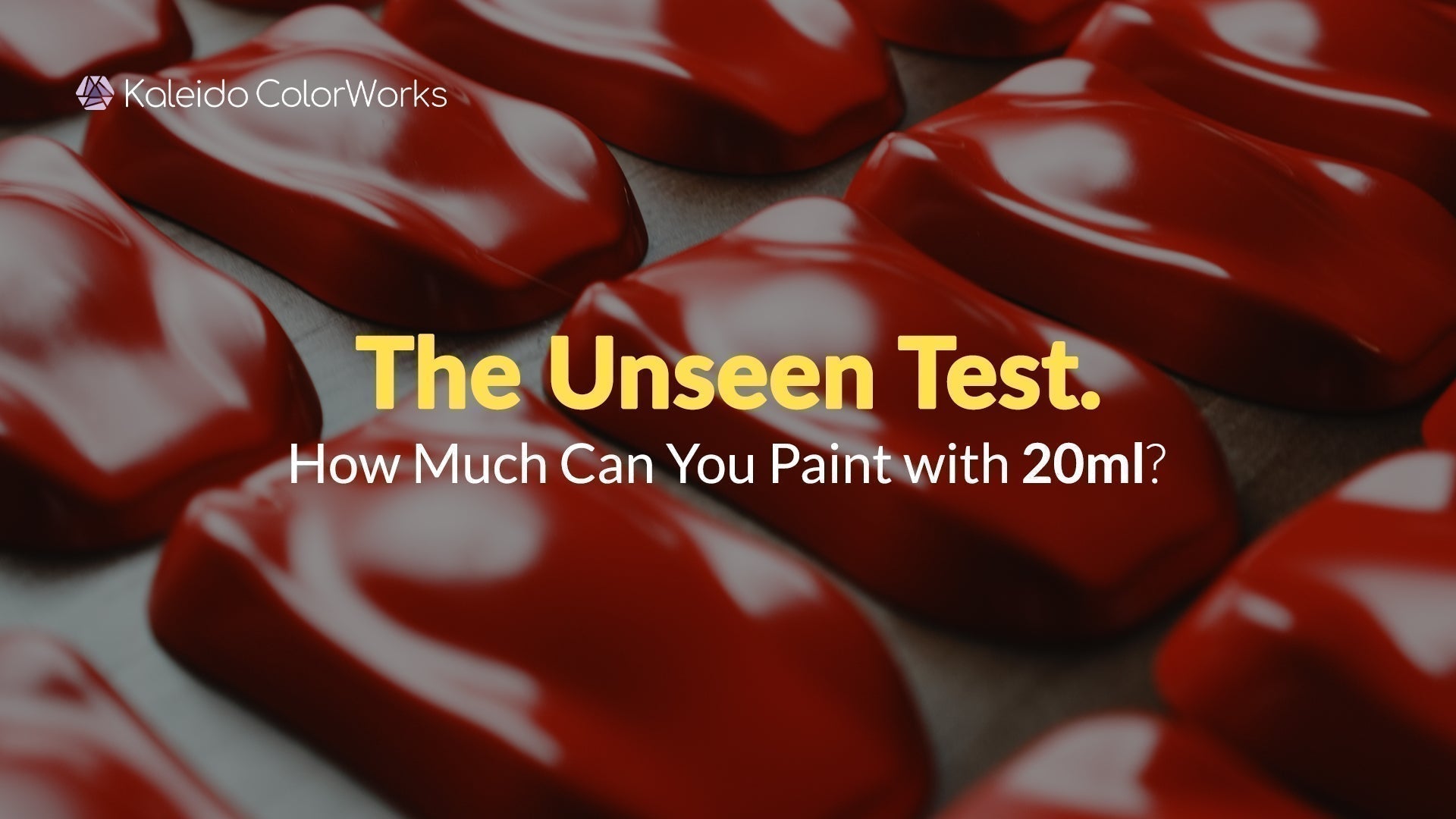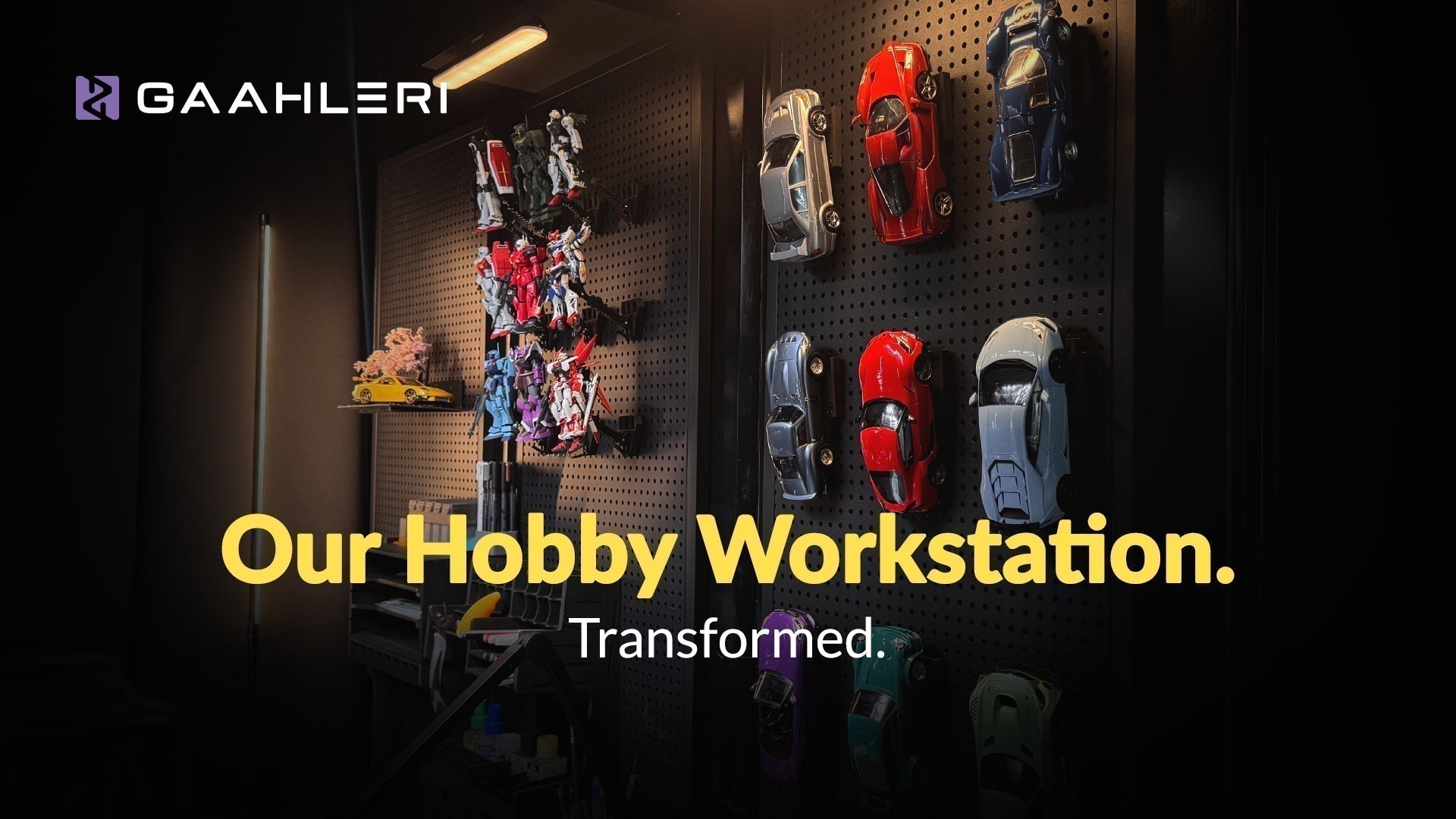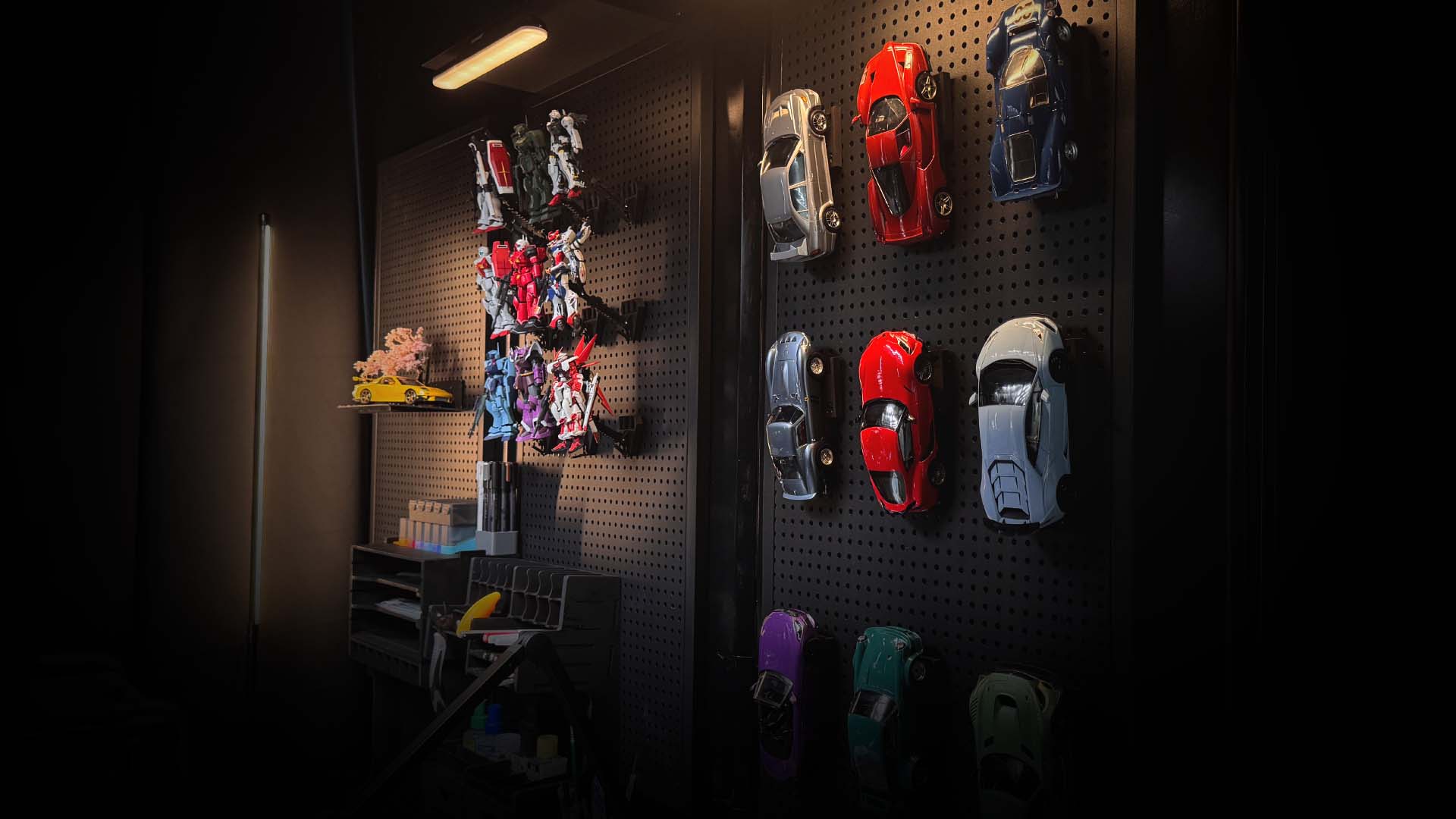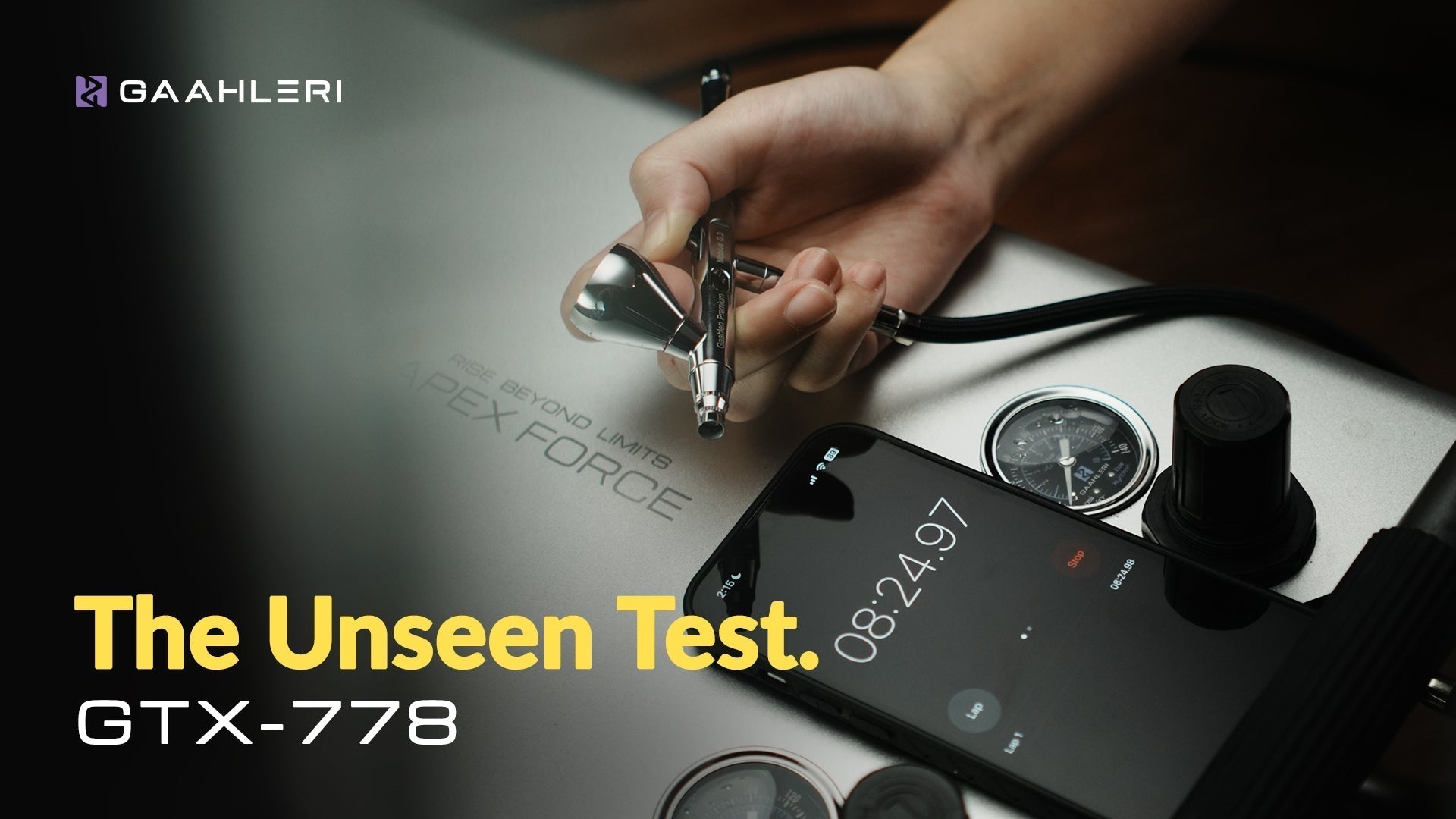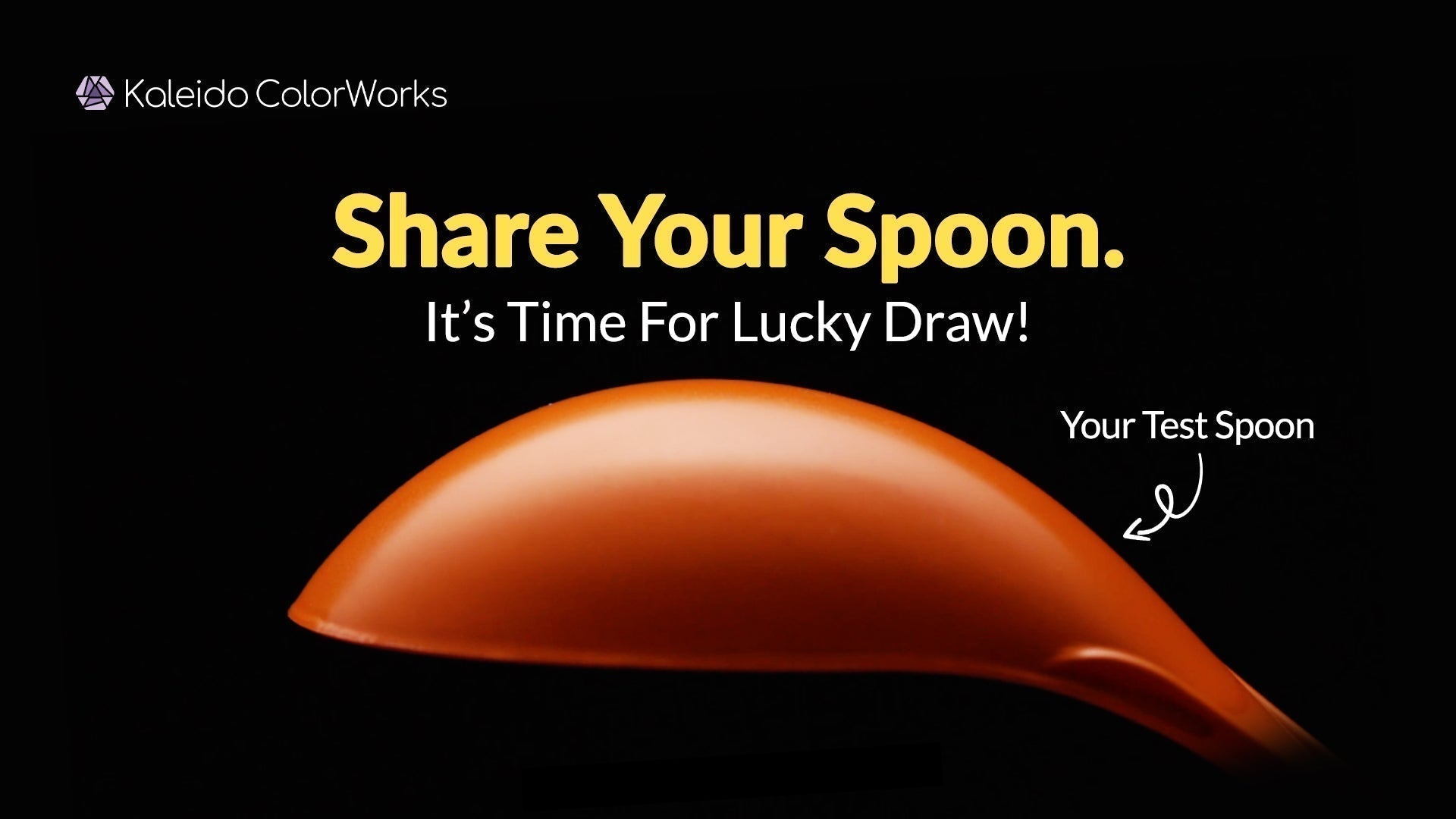Quick solutions to stay in the creative flow.
Whether you're a seasoned pro or a complete beginner, every hobbyist runs into airbrush issues sooner or later. This will help you diagnose and fix frequent issues, whether you're working with a GHAC-Swallowtail SD, GHPM-Mobius SP 0.3 & 0.5mm, or GHPM-Mobius 0.2mm. This guide breaks down the most common airbrush issues, what causes them, and how to get your gear back in top shape.
1. No Paint Coming Out
Symptoms:
- Air flows, but no paint sprays.
- The paint cup is full, but nothing’s happening.
Likely Causes & How to Fix it:
- Clogged nozzle: remove and soak in cleaner; clean with a soft brush.
- Needle misalignment or stuck: remove, inspect tip, reinsert gently.
- Too-thick paint: thin to skim-milk consistency (Gaahleri’s Kaleido Colorworks is a great no-thin option).
- Low air pressure: check PSI, 10–20 PSI for 0.2, 0.3 mm nozzles; 20–30 PSI for 0.5 mm.
2. Spitting, Sputtering, or Inconsistent Spray
Symptoms:
- Spray pattern is spotty or chaotic.
- Paint comes out in bursts.
Possible Causes & How to Fix it:
- Dried paint on the needle or nozzle: wipe the needle or nozzle, or backflush to dislodge stubborn clogs
- Loose nozzle cap or air leaks: tighten the nozzle head and air cap
- Inconsistent paint mix: stir thoroughly or use pre-thinned paint (pre-thinned paints like our Kaleido Colorworks prevent clogging mid-session)
3. Bubbling in the Paint Cup
Symptoms:
- Air bubbles rise through the paint.
- Paint either doesn't spray or does so weakly.
Possible Causes & Fixes:
- Damaged nozzle or O-ring: inspect; replace if worn (e.g, O-ring for GHAD-39, GHPM-65, GHAC-98D etc. all spare parts available)
- Improperly seated needle: Reinsert the needle gently, ensuring it seats properly.
4. Trigger Feels Sticky or Won’t Move Smoothly
Symptoms:
- The trigger is hard to press or feels stuck.
- Air or paint flow is delayed.
Possible Causes and How to Fix Them:
- Dried paint in the internal mechanism: Disassemble and clean around the trigger assembly and internal channels.
- Lack of lubrication: Apply a tiny amount of airbrush-specific lubricant (never household oil)
Tip: Be gentle when reassembling — overtightening can cause more resistance.
Regular Maintenance = Fewer Problems
|
Routine |
What to Clean |
|
Between colors |
Flush with cleaner, backflush, wipe needle and cup |
|
After each session |
Empty, spray until clear, remove and clean needle, reassemble |
|
Weekly deep clean |
Full teardown, soak parts (no rubber), scrub internal passages, dry, inspect/reassemble |
*Use Gaahleri’s mirror-level cups to ease cleaning and reduce paint buildup.*
Model-specific Tips
- GHAD-39: With 0.35 and 0.5 mm calibration and easy-clean cups, it’s user-friendly—use its cutaway handle to balance weight
- GHPM-Mobius SP 0.3 & 0.5mm (siphon): Low-PSI, high-volume system—keep siphon cup and seals clean to prevent air leaks.
- GHAC-Swallowtail SD (side feed): Offers better visibility and a comfortable grip—after use, clean the side cup and joints to avoid clogs.
- GHPM-Mobius TG 0.5mm (trigger): Dual caps demand switch-cleaning after switching caps. The trigger requires light lubrication for a smooth feel.
Final Thoughts
Every airbrush artist, whether a beginner or an expert, encounters hiccups. The key is knowing what to look for, how to fix it fast, and how to prevent it next time. And now, you do!
At Gaahleri, we believe in building tools that empower creators, not complicate their workflow. That’s why all of our airbrushes, like the Premium Series, are designed to be easy to clean, maintain, and troubleshoot.
Now you’re ready to keep your airbrush running at its best.

